Charging your laptop is something you probably do every day without much thought. You plug your trusty charger into your laptop and let it juice up. However, with the rise of smaller, thinner and lighter laptops, manufacturers are moving away from traditional charging ports to the newer and more versatile USB-C connection.
USB-C offers a number of benefits over older charging methods. The reversible connector means there’s no more fumbling to get it the right way, while fast charging allows you to get hours of battery life from just a few minutes of charging. USB-C can also transmit data and video signals as well as deliver power.
This increased functionality means that USB-C is becoming the standard charging method for new laptop models. From premium ultrabooks to budget Chromebooks, USB-C is replacing USB-A and barrel connectors. Apple’s MacBooks use USB-C while premium Windows laptops from Dell, HP and Lenovo also rely on USB-C charging.
If you’ve recently purchased a new laptop, chances are it charges via USB-C. This straightforward guide will walk you through everything you need to know to charge your USB-C laptop. We’ll cover the gear you need, how to connect it properly, charging tips and troubleshooting advice. With the right knowledge, any USB-C laptop can easily be charged safely and conveniently.
Contents
What You Need
Charging a laptop via USB-C is simple, provided you have the right equipment. There are three main components required:
USB-C compatible laptop – Most new laptop models will charge via USB-C, but always check your laptop’s ports to confirm. Look for the USB-C port which is oval shaped and a little larger than a traditional USB port. MacBooks from 2016 onward and most new Windows laptops support USB-C charging.
USB-C charger/power adapter – The charger converts the wall outlet power to the proper wattage that your laptop needs. Make sure to use the charger that came with your laptop to ensure proper power delivery. Using a lower wattage charger may lead to slow charging.
USB-C to USB-C cable – This cable connects your charger to your laptop. It should be the cable that came with your laptop for guaranteed compatibility. The cables are reversible and can be inserted either way.
Optional extras:
- USB-C hubs/docks – These allow you to charge while connecting multiple accessories to your laptop with one cable.
- External battery packs – Portable batteries that can charge your laptop on the go via USB-C.
- Extra USB-C cables – It’s handy to have extras to use in different locations.
Sticking with the manufacturer-provided charger and cable that came with your laptop is the best way to ensure efficient and safe charging. Purchasing extras or substitutes runs the risk of incompatibility, but certified USB-C accessories should work.
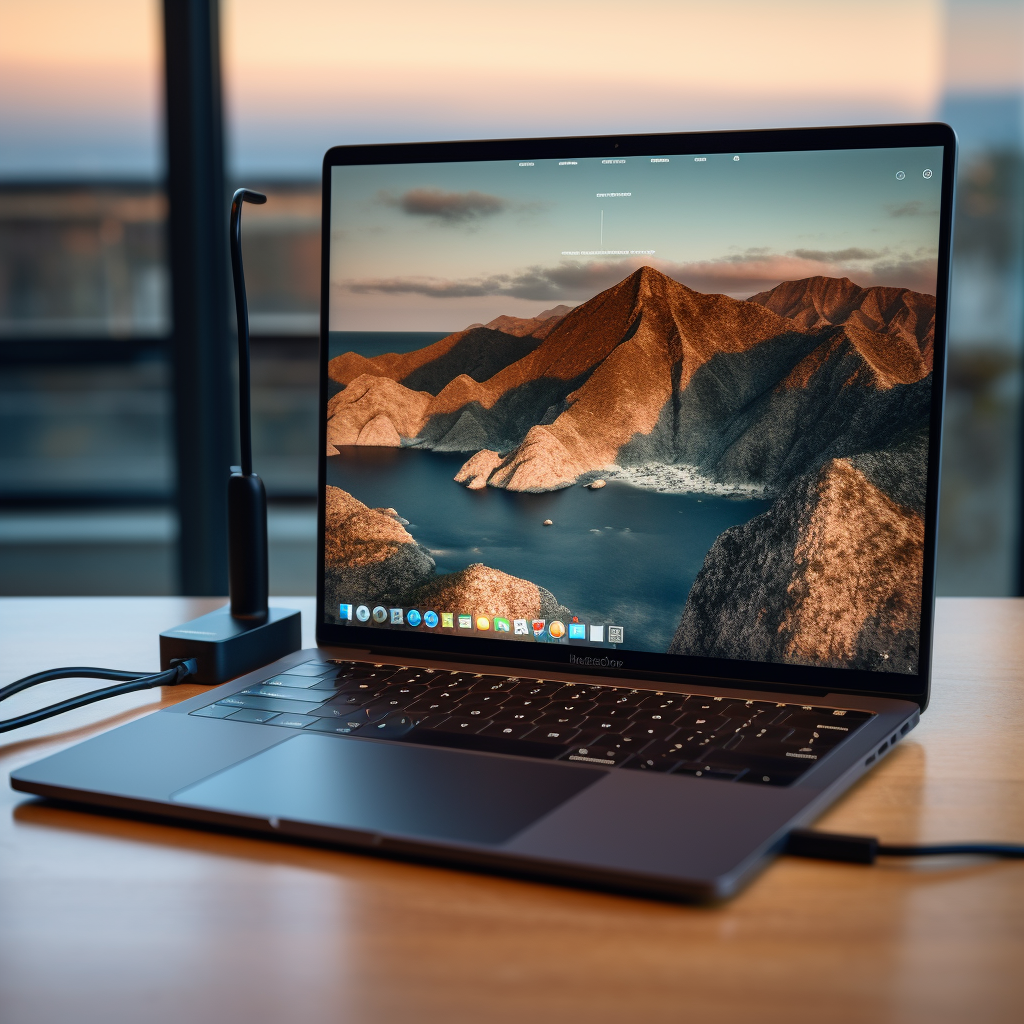
How to Charge via USB-C
Charging your USB-C laptop is a straightforward process that only takes a few steps:
- Plug the USB-C cable into the charger/power adapter. Make sure it clicks into place securely.
- Connect the other end of the USB-C cable to your laptop’s USB-C port. The connectors are reversible so orientation does not matter.
- Ensure the laptop recognizes the connection. You may get a charging icon or message indicating external power is connected.
- Allow your laptop to charge fully before disconnecting. Time required will vary based on battery level and charger wattage.
Some additional points for proper charging:
- Only use the charger that came with your laptop or one with equal wattage. Lower wattages may not provide enough power for charging or even operate the laptop.
- Direct wall outlet charging will be fastest. Extension cords and power strips can result in lower voltage.
- Avoid using your laptop intensively while charging. Heavy usage will slow down charge times.
- Disconnect chargers and cables carefully by the plugs rather than cords. Pulling cords can damage connections.
- Consider battery lifespan when charging. Frequent full discharges and charges can diminish battery capacity over time.
Following manufacturer recommendations for charging ensures your laptop’s USB-C connectivity and battery function smoothly for years of use.
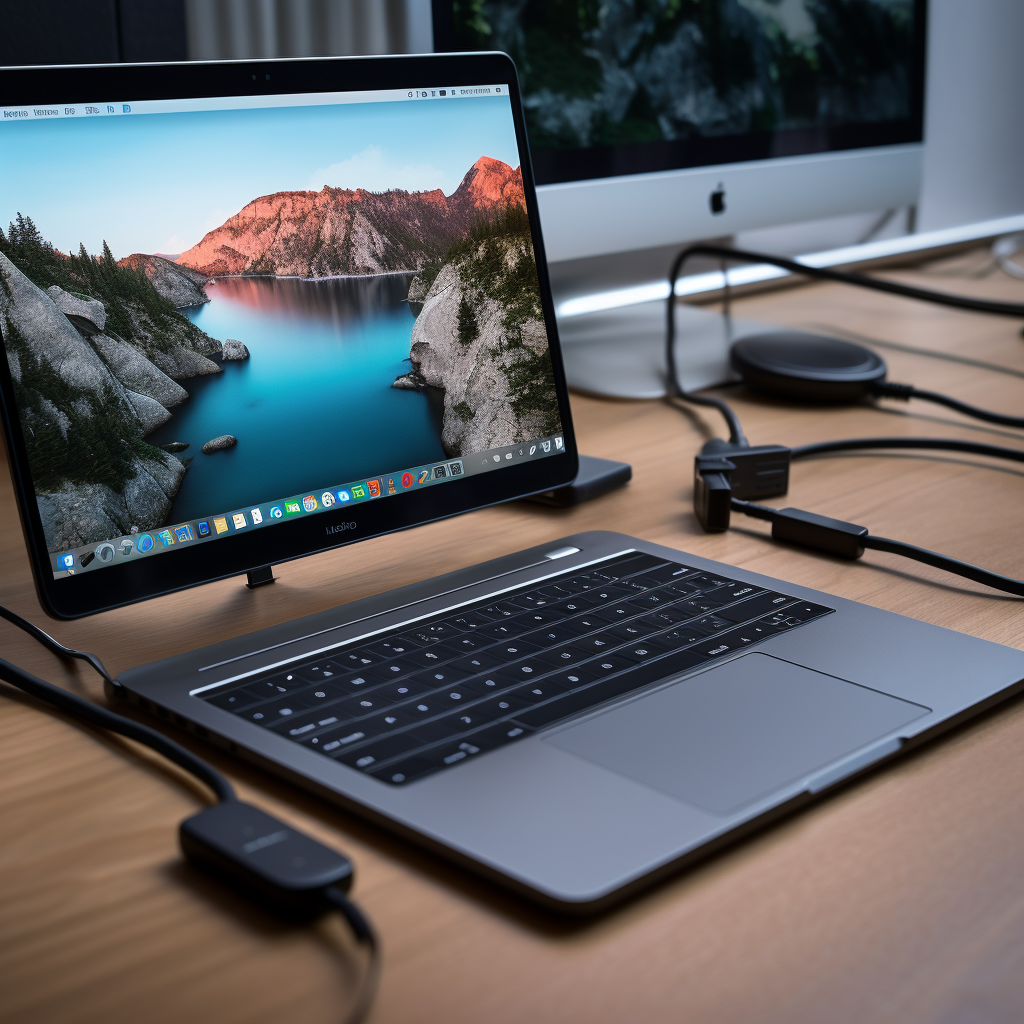
USB-C Charging Considerations
While the basic process of charging a USB-C laptop is straightforward, there are some additional factors to consider for optimal performance:
Charging Speeds and Cables
Higher wattage USB-C chargers will charge your laptop faster, provided the laptop supports higher power delivery. Check your laptop’s specs to find its max charging wattage and use an appropriate charger. Higher quality USB-C cables that are properly rated for power delivery are also recommended for fast charging.
Using Hubs and Docks
USB-C hubs or docks allow you to connect multiple accessories like external monitors, keyboards, and external storage with just one USB-C cable. They make an excellent USB-C charging station for your desk. Ensure your hub/dock supports power delivery passthrough charging to charge while connected.
Power Delivery and Compatibility
USB-C relies on power delivery communication between devices to provide the proper charging wattage. While USB-C cables and chargers should work for basic charging, imperfect cross-compatibility can limit charging speeds compared to the manufacturer’s provided charger.
Battery Health
Follow battery best practices like avoiding full discharges and extreme heat exposure to maximize the lifespan of your laptop’s battery. The battery will hold less charge over hundreds of charge cycles.
Travel Charging
Look into USB-C power banks to charge on planes, trains, and other transport where wall outlets are limited. Just make sure your power bank provides sufficient wattage and has the proper output.
As long as you use certified USB-C chargers and cables, you should avoid issues with proper charging. Research accessories before purchase and read reviews to ensure compatibility with your laptop.
Troubleshooting USB-C Charging Issues
While USB-C charging is generally reliable, occasional issues can arise. Here are some tips for troubleshooting problems:
Diagnosing Connection Problems
If your laptop doesn’t recognize your charger, first inspect all USB-C connections to ensure they are snug and properly oriented. Try unplugging and reinserting connections or plugging the cable into a different port.
Check for debris, cracks, or damage to cables and ports that may impede connections. Try another cable if available to isolate the issue. For laptop port issues, seek professional repair.
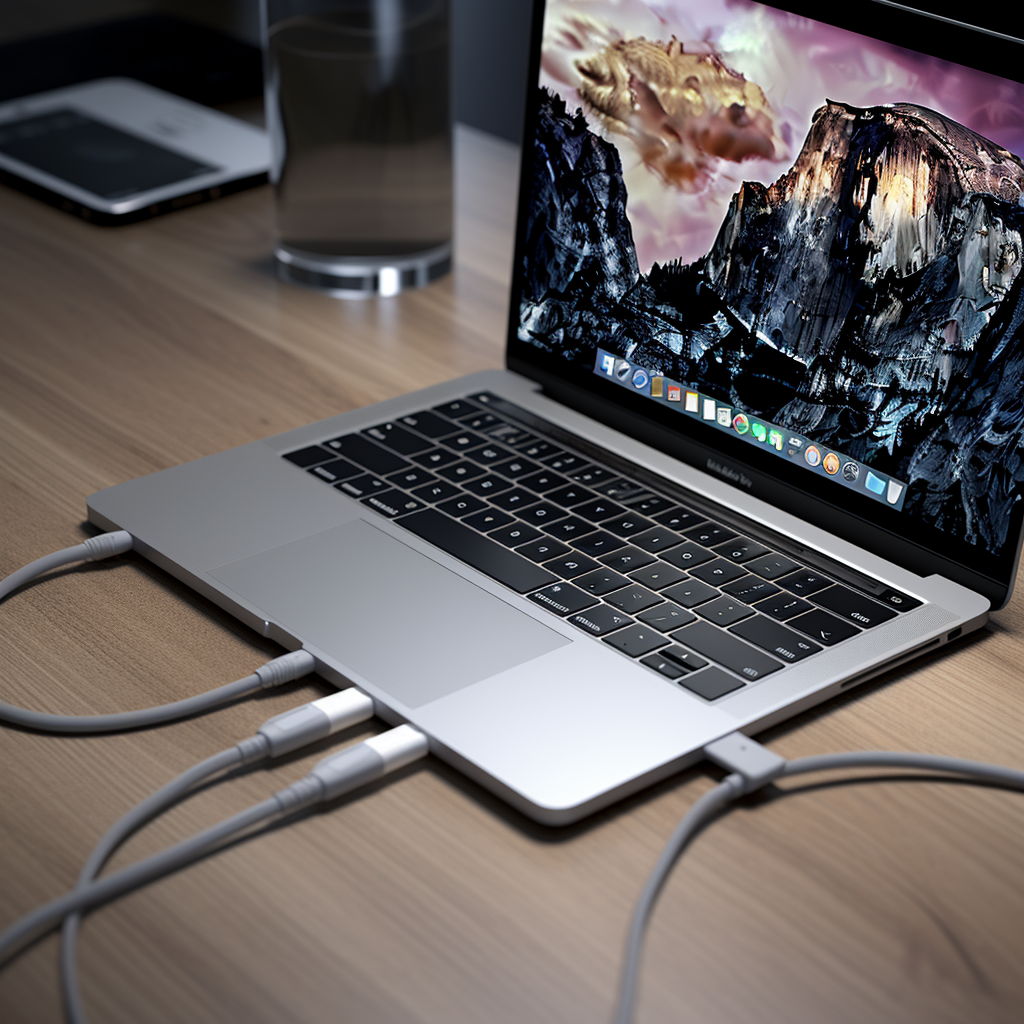
Solutions for Incompatible Chargers
If charging is slower than expected or not working, the charger may be underpowered or incompatible. Ensure you are using the original laptop charger or a compatible high-wattage charger.
Check charger product info and reviews carefully when purchasing replacements. Refrain from using chargers that aren’t explicitly compatible according to your laptop manufacturer.
Other Troubleshooting Tips
Try charging with multiple outlets and power sources. Older buildings may have lower voltages. Eliminate extension cords or power strips.
For battery issues, follow calibration procedures (fully charge, discharge, and recharge again). Persistent battery problems after calibration may indicate a bad battery needing replacement.
If issues persist, contact your laptop manufacturer for specific advice tailored to your model. Proper USB-C charging functionality is crucial for laptop performance.
Conclusion
USB-C is the new standard for charging laptops, offering faster charging speeds, robust power delivery, and reversible convenience compared to old USB and barrel connectors. As more laptop manufacturers adopt USB-C, consumers need to understand how to properly charge their new laptops via USB-C.
Following the guidelines in this guide allows you to charge your USB-C laptop safely and effectively. Ensure you have the proper wattage USB-C charger and cable from the manufacturer. Connect your laptop carefully to avoid port and cable damage. Consider charging best practices for optimal battery lifespan and performance.
While USB-C offers many advantages, it also requires some adaptation from old charging habits. But with the right gear and knowledge, USB-C simply becomes the new normal way to charge your indispensable laptop.
Additional perks like using USB-C hubs for one-cable connectivity and power banks for travel make USB-C charging even more versatile. As the technology continues advancing, even faster charging speeds and increased capabilities will emerge. USB-C is the definitive charging solution of the future.



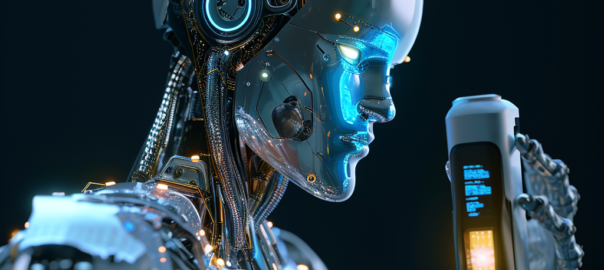



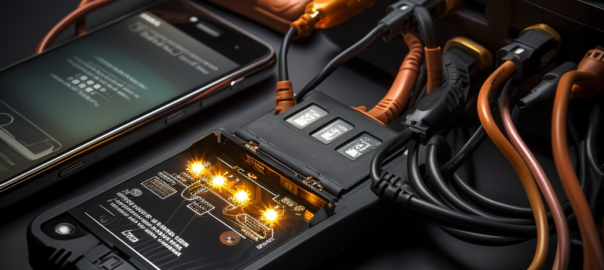


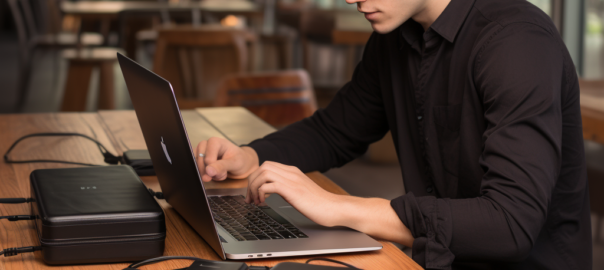
One thought on “The Complete Guide to Charging Your Laptop via USB-C”
Comments are closed.